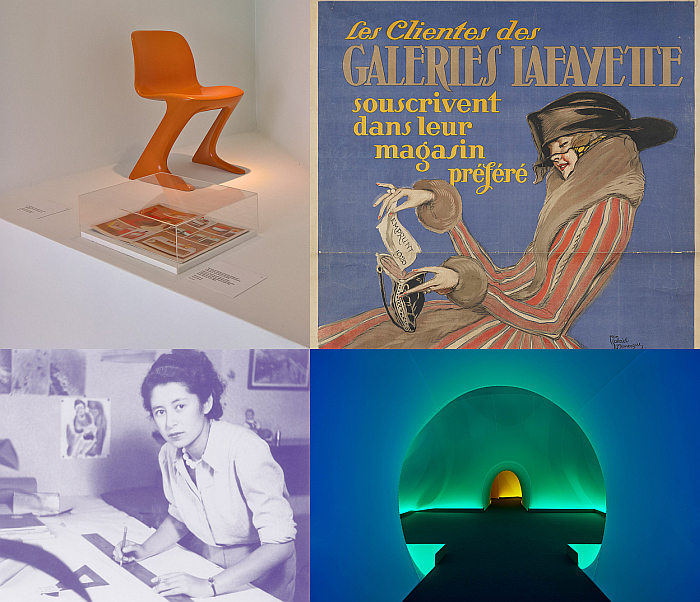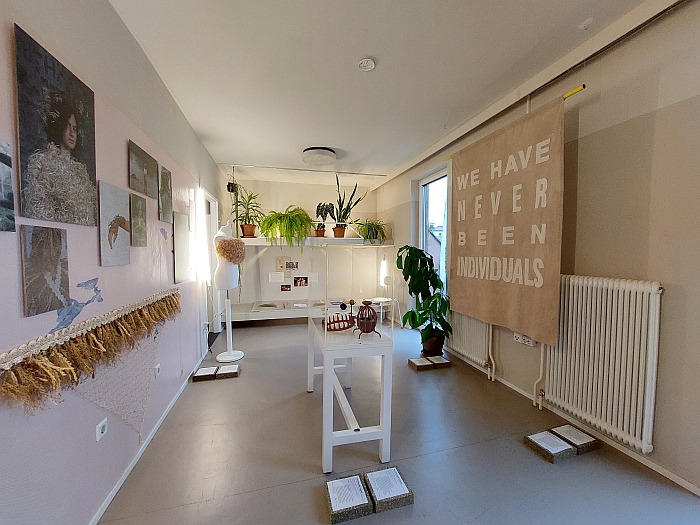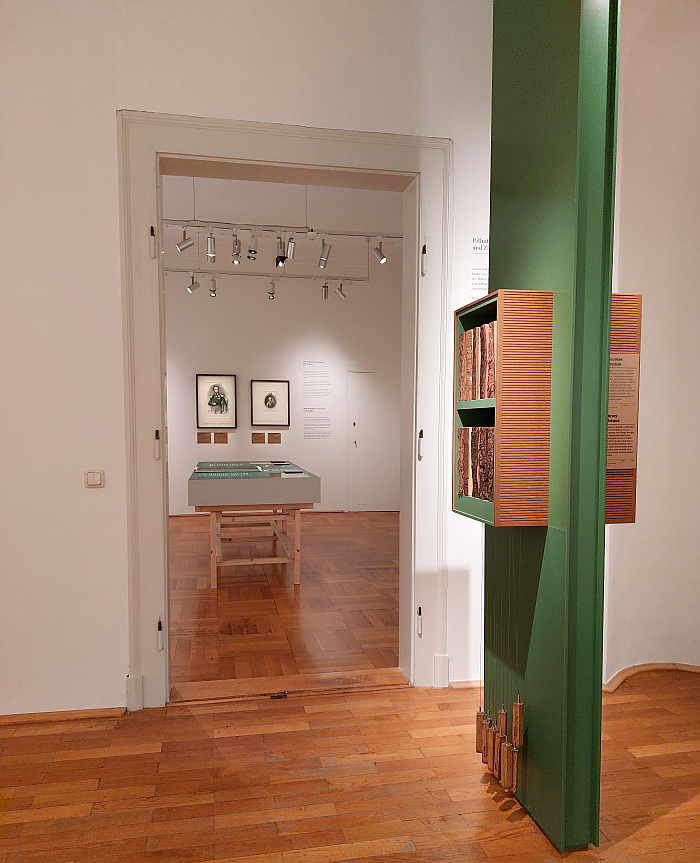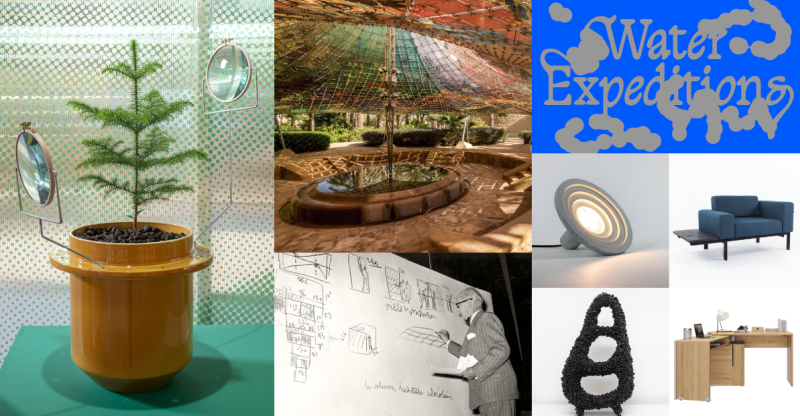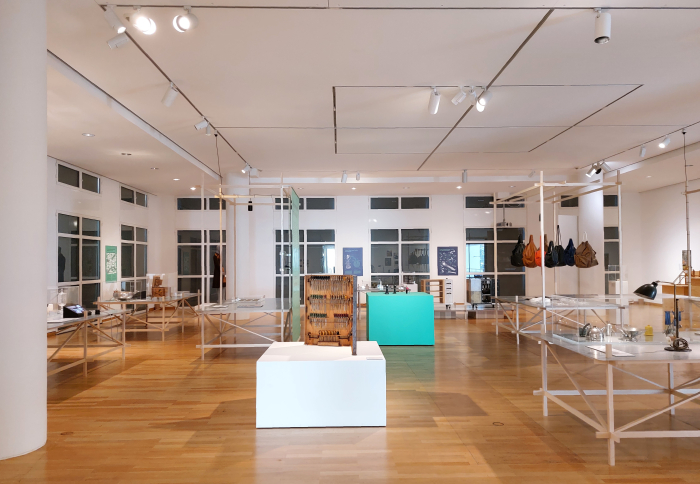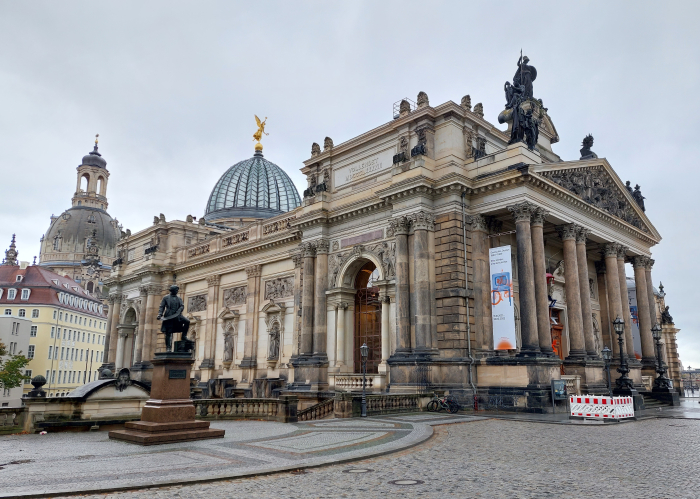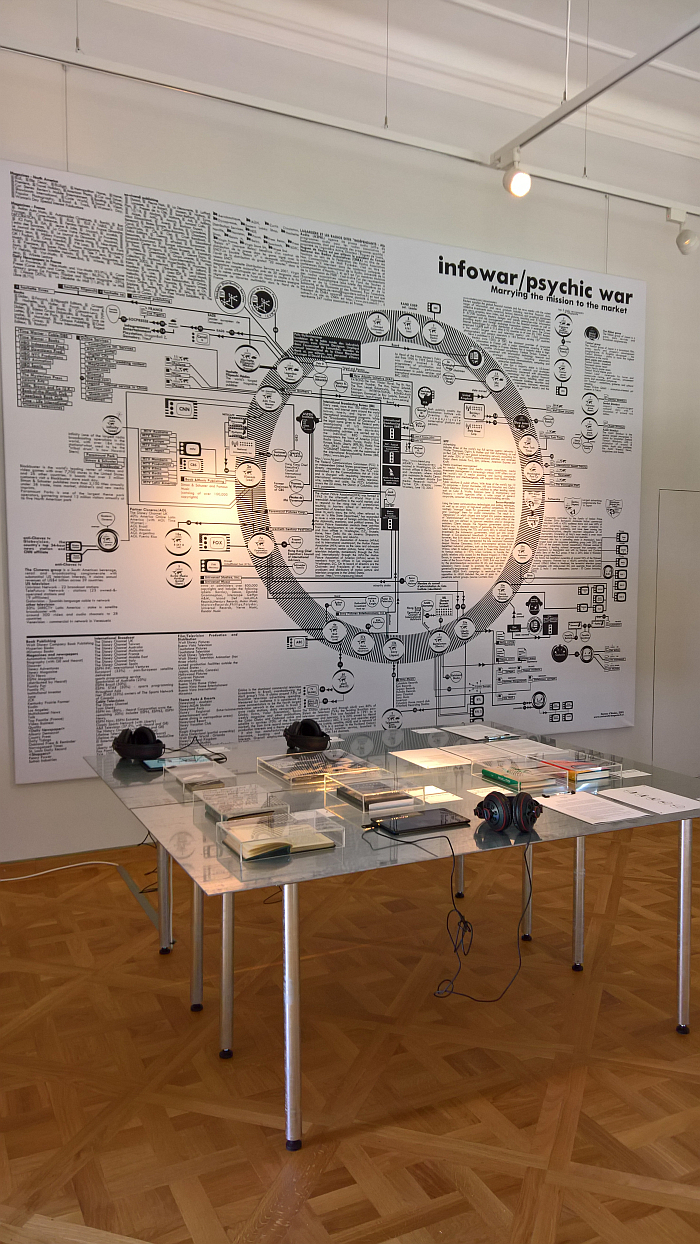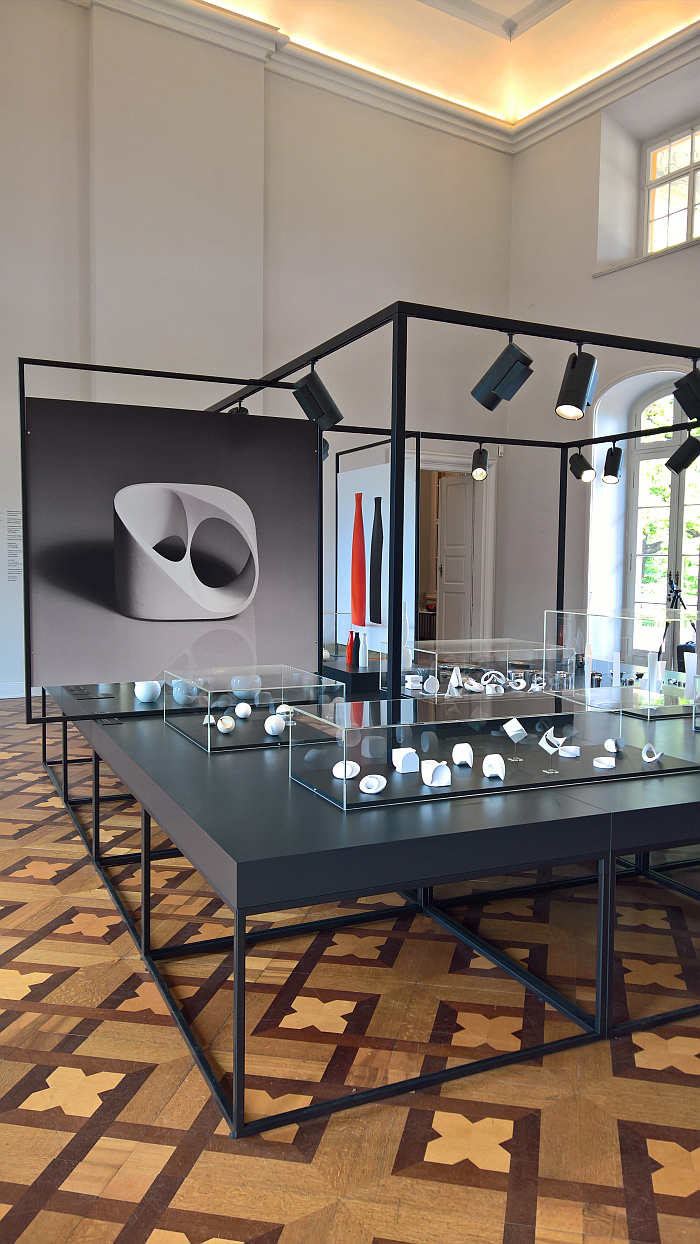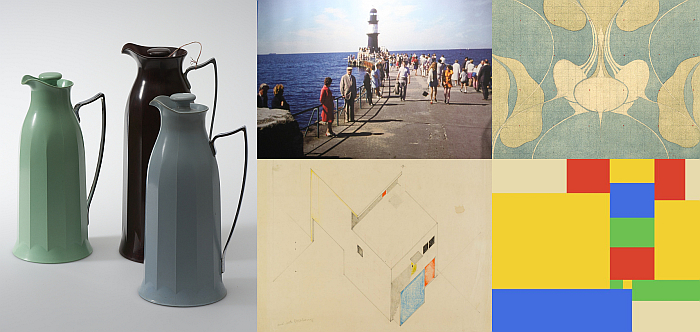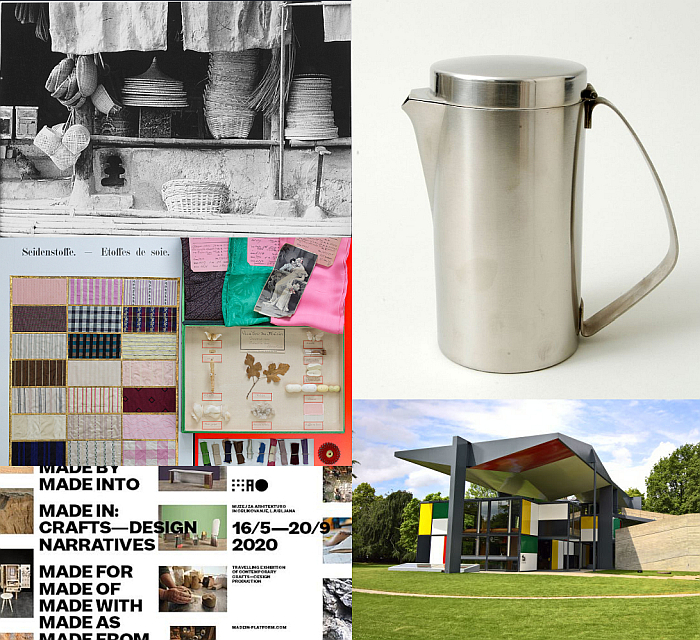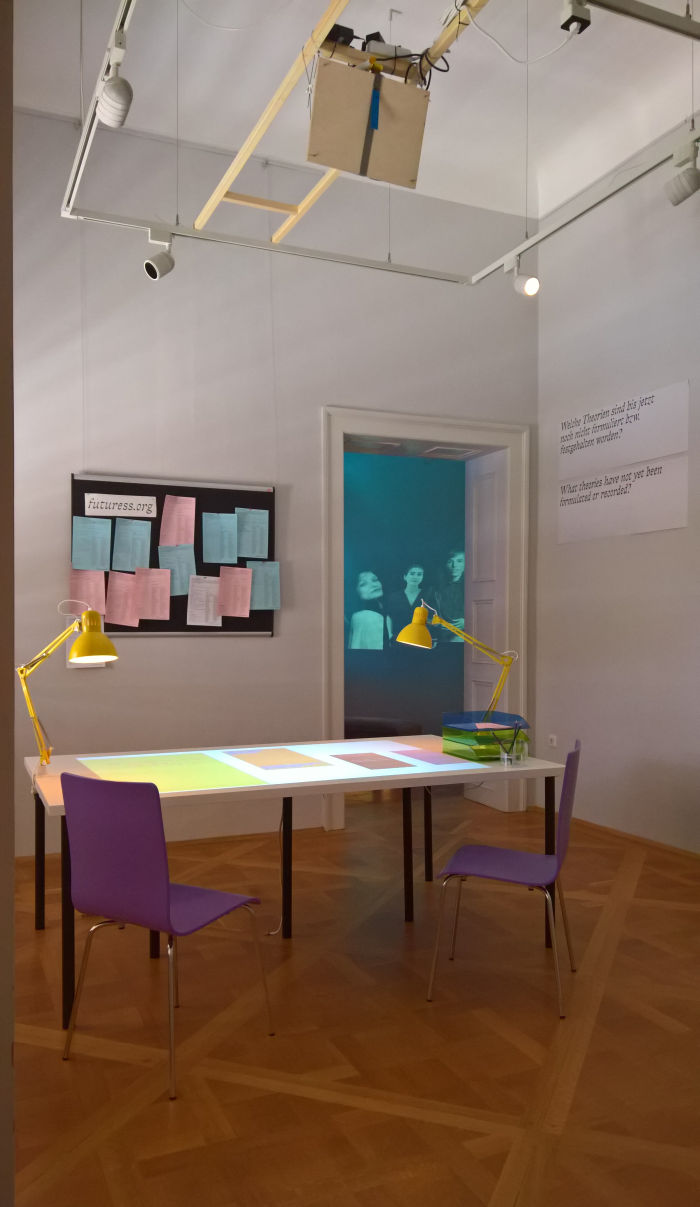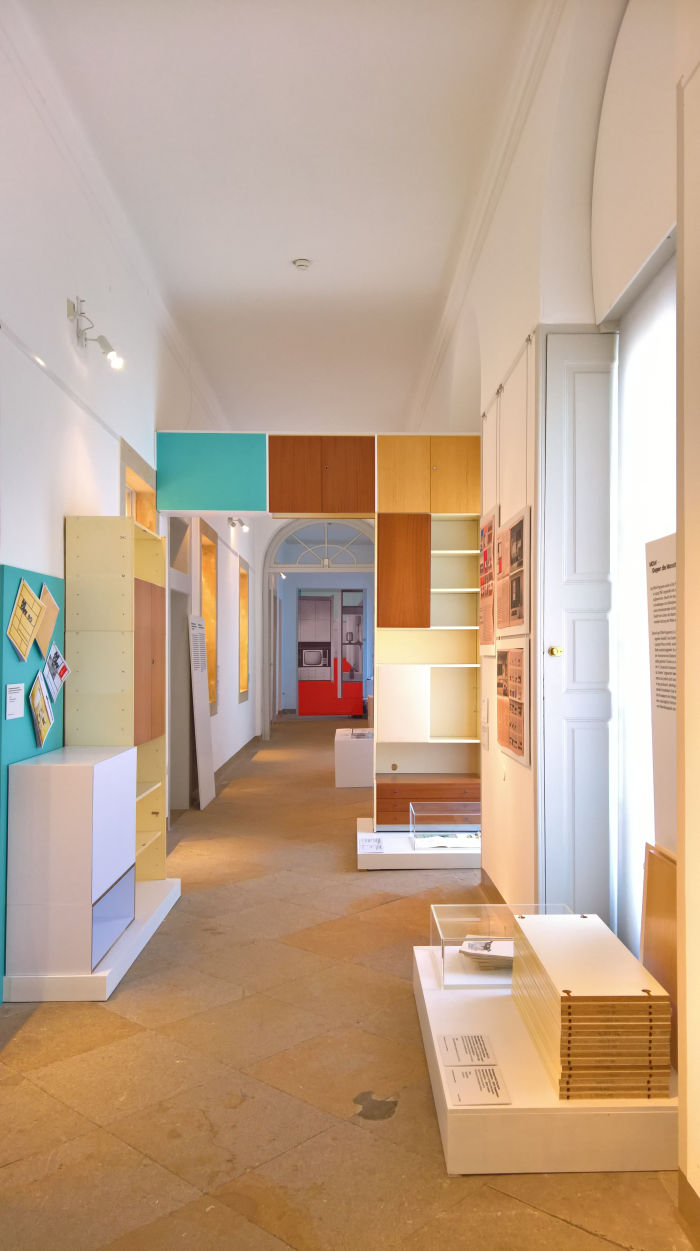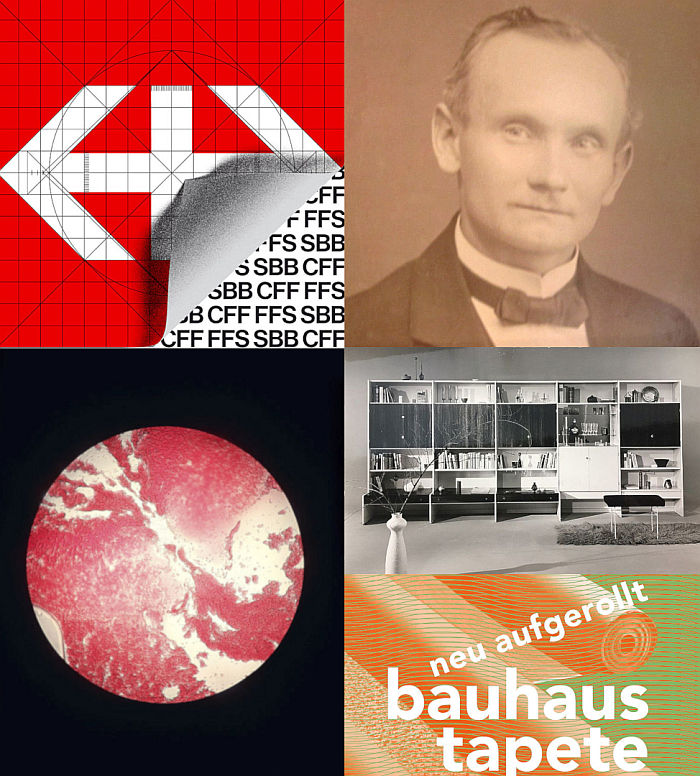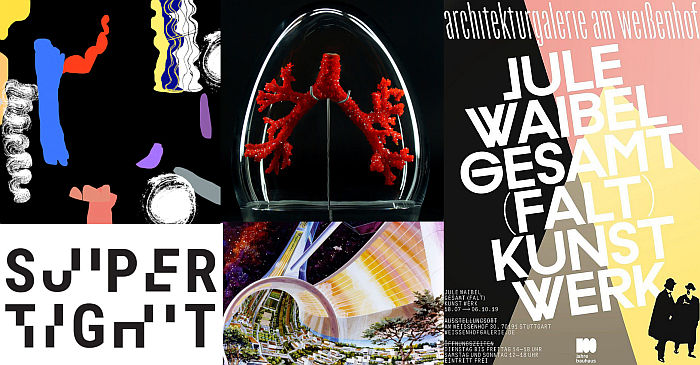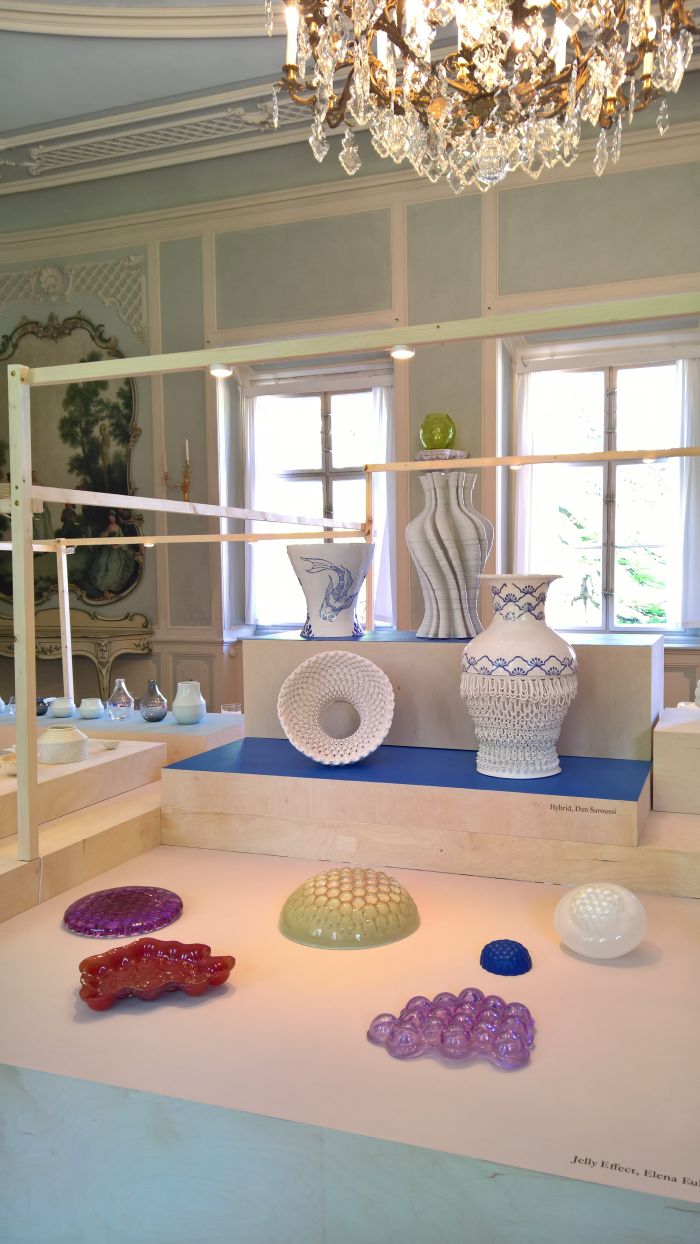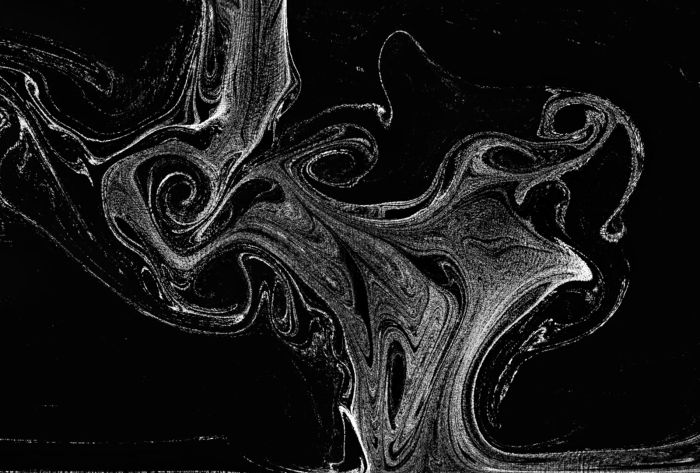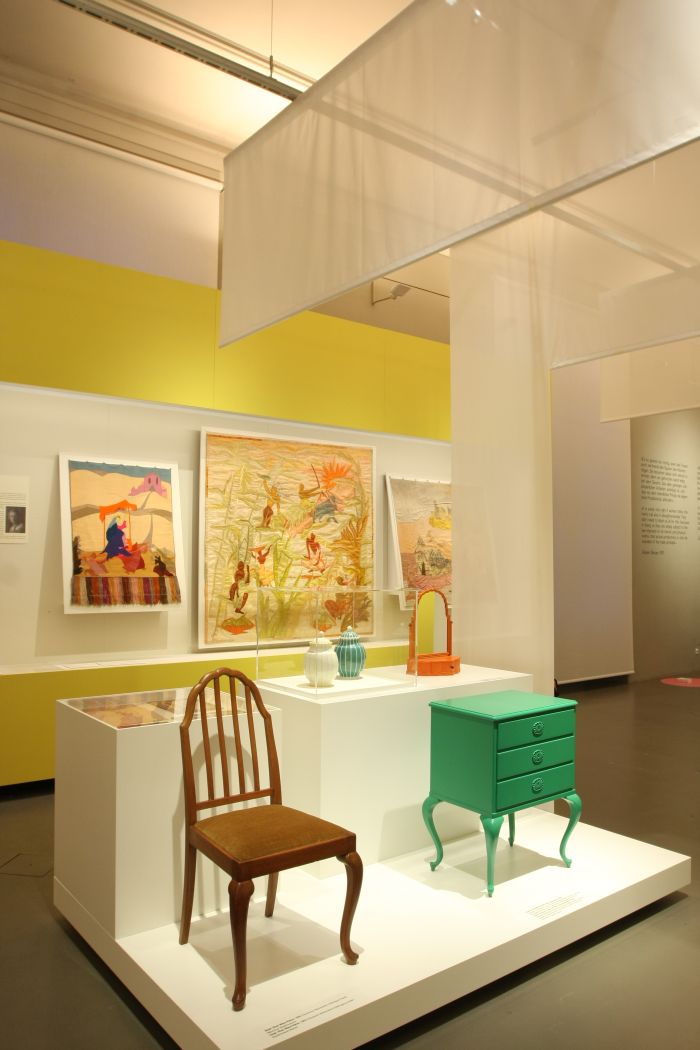5 New Architecture & Design Exhibitions for April 2024
As Letitia Elizabeth Landon so very, very, nearly wrote in 1823,
Of all the months that fill the year
Give April’s month to me,
For the architecture and design museums are then so filled,
With sweet variety!
Our sweet variety in April’s month of 2024 can be found in Dessau, Brussels, Rome, Paris and Dresden…….
Plant Fever. Towards a Phyto-centred design at Schloss Pillnitz, Dresden
While the Art Nouveau of the late 19th/early 20th centuries was without question inspired and informed by nature, for all by plants, one thinks, for example of the many representations of alliums, liliums, vitaceae et al, it was a moment that was led by humans, and for all one that placed human needs, human demands, human comforts at its core. Certainly above the needs, demands, comforts of plants.
With the exhibition Plant Fever. Towards a phyto-centred design Schloss Pillnitz, Dresden, or more specifically the Kunstgewerbemuseum Dresden and the Staatliche Schlösser, Burgen und Gärten Sachsen, SBG, the contemporary residents of Schloss Pillnitz, consider alternative expressions of inspiration and information, alternative human-plant relationships…….
5 New Architecture & Design Exhibitions for April 2023
Although the etymology of “April” is lost in the mists of time, one of the more likely, and more satisfying, theories as to its origins is to be found in the Latin verb aperire, to open, which itself can be considered as being, possibly, related to the ancient Greek ἄνοιξις, ánoixis, opening. And thus the very obvious connotations to spring springing forth in April, to the natural world opening for another season.
What is much better recorded are the new architecture and design exhibitions apertio and ἄνοιξις in April 2023. Springing forth in April 2023.
Our five recommendations from those many new springtime blooms can be found in Zürich, Weil am Rhein, Paris, Hasselt and Dresden…….
Craft as Myth. Between Ideal and Real Life at the Museum Angewandte Kunst, Frankfurt
In their 2021/22 exhibition Craft is Cactus the Museum Angewandte Kunst, Frankfurt, constructed a very convincing argument for including craft in the cactus family, a very convincing argument for making the Craftoideae a fifth subfamily of the Cactaceae.
Yet while a very good argument, as we all know, much work remains to be undertaken on the classification of the Craftoideae, not least in context of their habitats: where does one find craft? Where do the Craftoideae prevail?
With the exhibition Craft as Myth. Between Ideal and Real Life the Museum Angewandte Kunst Frankfurt undertake a detailed field study of the Craftoideae, and in doing so allow for reflections on both contemporary craft and of future contemporary craft. On the future of craft…….
German Design 1949–1989. Two Countries, One History at the Kunsthalle im Lipsiusbau, Dresden
Whereas politics, economics or sport in West Germany and East Germany are well and widely studied, and the similarities and differences regularly and publicly analysed and contextualised, thereby allowing for more refined, nuanced, popular understandings; design in and from the two Germanys remains, largely, a niche subject for a small band of specialists, and on a popular level something not only repeatedly reduced to a few works, institutions and protagonists, but also defined by understandings that, popularly, have barely changed since 1989.
With the exhibition German Design 1949–1989. Two Countries, One History the Kunstgewerbemuseum Dresden challenge those ingrained understandings and thereby allow for the development of more differentiated and detached perspectives……
Common Knowledge – Design in Times of the Information Crisis at the Kunstgewerbemuseum Dresden
“It is a very interesting thing indeed to ask myself certain questions”, reflected H.G. Wells in 1937, “How did I come to know what I know about the world and myself? What ought I to know? What would I like to know that I don’t know? If I want to know about this or that, where can I get the clearest, best and latest information? And where did these other people about me get their ideas about things? Which are sometimes so different from mine. Why do we differ so widely?”1
Questions whose validity and urgency were undeniable in 1937 as Europe lurched, helplessly, towards another war; and questions whose validity and urgency has increased in the intervening 83 years as we have acquired not only ever more sources of information but ever quicker methods of information mediation.
With the exhibition Common Knowledge – Design in Times of the Information Crisis the Kunstgewerbemuseum Dresden explore the complex relationships between information, the individual and society…….
Beauty of Form. The Designer Christa Petroff-Bohne at the Kunstgewerbemuseum Dresden
Christa Petroff-Bohne arrived a trifling couple of minutes late for the opening of Beauty of Form.
And was most apologetic, apologised for keeping us all waiting.
Whereby, we couldn’t help thinking, it is much more us, all, the international community, who should be apologising for keeping Christa Petroff-Bohne waiting for such a comprehensive and rounded recognition of her work and career………1
5 New Architecture & Design Exhibitions for July 2020
July is traditionally a slow month for new architecture and design exhibition openings. July 2020 less so. Not because of any fundamental changes in understandings amongst architecture and design museums of when is a good time to open an exhibition; but because owing to Corona many shows scheduled to open in the spring had to be postponed, not least until the museums were allowed to open.
And throughout July 2020 ever more museums are planned and planning to open; meaning ever more architecture and design exhibitions are planned and planning to open throughout July 2020.
And thus, while our physical travel options may still be limited, our (potential) cerebral and cultural travel spheres continues to expand, and that is never a bad thing.
If you do feel comfortable about visiting a museum, and are physically allowed to do so, as we will never tire of saying in these trying of times, please familiarise yourself in advance with the current ticketing, entry, safety, hygiene, cloakroom, etc rules and systems.
And during your visit please stay safe, stay responsible, and above all, stay curious….
5 New Architecture & Design Exhibitions for June 2020
We thought long and hard as to if we should continue our online exhibition recommendations series, or go back to offline exhibitions…… and decided for a return to offline.
We fully appreciate that in a lot of countries museums are still closed, as indeed are the international borders that you would normally and naturally criss-cross for a short city break to visit those that are open; however, many museums are open, many more are planned/planning to open in the course of June, and interesting and informative as online presentations can be, viewing an exhibition in a museum is the more satisfying experience, the more rewarding experience, the more enduring experience. And an important experience.
As we oft opine, museums aren’t just about collecting and preserving the past, nor just additions, adornments, to cafés and gift shops; rather they are locations for discourse, contemplation and reflection. Locations in which not only subjects which, in the overhyped, overheated marketplace of contemporary media may never find an audience, can be allowed to tell their story, can in many cases be allowed to reclaim their place in our (hi)story, but locations where subjects can be approached not only from a multitude of perspectives simultaneously, but from new, contradictory and often otherwise unachievable perspectives, and that without prejudice, bias or a commercial necessity to conform to some preconceived narrative.
Admittedly not every exhibition manages that, many do succumb to an egoistic desire to be a “blockbuster” and thus present an accepted, tourist gaze, presentation of their subject; but there is no reason why every exhibition cannot discuss lesser illuminated subjects without fear or favour.
And when museums do such, and do such well, do such with honesty and impartiality, they become locations which invite, encourage and enable you to extrapolate on that which is presented and to carry your thoughts and arguments over into other arenas and areas, and thereby helping us all approach better understandings of ourselves, individually and collectively, and of the world around us, the innate natural and that which human society has created. While also improving our knowledge of the subject at hand. Clarifying that you may not have understood a subject as completely as you believed you did.
And that’s not an experience and opportunity that one should ever undervalue or neglect. And certainly never stop searching for.
While specifically in context of design exhibitions; for all that online exhibitions can and do offer, there is simply no substitute to being in the presence of a physical object, nor can we imagine there ever will be.
And so while all museums remain virtually open 24/7, and we’d encourage each and everyone of you to use museums’ online services as tools and resources; the fact that many are physically open is much more important. And something to be treasured and made use of.
If made use of with appropriate awareness and sensibility at this moment. Therefore, if you feel comfortable visiting a museum, please before doing so (a) check in advance to ensure that it is actually open, short-term changes can occur and (b) familiarise yourself in advance with ticketing, entry, safety, hygiene, etc rules and systems. And during your visit stay safe and responsible. And receptive for new ideas, new opinions, new names, new perspectives, new connections, new understandings……
Add to the Cake: Transforming the roles of female practitioners @ Kunstgewerbemuseum Dresden
It is highly unlikely any 18th century banquet in Dresden’s Schloss Pillnitz would have been graced by a cake that came close to matching the Baroque grandeur of the location, certainly no cake that would have had a richness, plenitude or vitality to match; cake as it existed in the 1700s being a much flatter, breadier, monotone, delight, one which we today would barely recognise as cake, but which then was understood as cake, the whole cake and nothing but cake.
Then additions were made to the cake……
Rudolf Horn – Wohnen als offenes System @ the Kunstgewerbemuseum Dresden
In 1968 the East German designer Rudolf Horn opined that “the changed tenor of industrial production in the socialist society, in relation to its task of satisfying cultural needs on a mass scale, raises the question of how despite mass production the consumer can realise an individual [domestic] environment, and in addition forces us to consider the problem of how the cultured personality can creatively contribute to the design of their immediate surroundings.”1
How indeed….?
It was, however, a largely rhetorical question, because, and as the exhibition Rudolf Horn – Wohnen als offenes System at the Kunstgewerbemuseum Dresden explains, in 1967 Rudolf Horn had already formulated an answer, or perhaps more accurately put, in 1967 formulated a framework via which to allow each and everyone of us to approach our own answer…..
5 New Architecture & Design Exhibitions for August 2019
According to our old friend Roget possible synonyms for “August” include great, noble, impressive or worshipful.
We can’t promise the following quintet of exhibitions will exactly meet such qualities; however, they promise to be anything but frivolous, undignified or flighty explorations of their subject, and therefore certainly should be tending to the August in August 2019…….
5 New Architecture & Design Exhibitions for July 2019
July was once known as Quintilis, and was the fifth month of the Roman calender. The fifth of ten. “Winter” being but an ill-defined cold and dark period between December and March.
And sensible as such as an arrangement sounds, and much as we could live with such an arrangement today, with the rise of the Roman Republic the wise decision was made to divide winter into January and February.
Wise not least because it means our contemporary year has 12 months: and thus two extra months in which to enjoy even more architecture and design exhibitions, and thereby to allow us all to even better understand the world which surrounds us.
Our quintet for Quintilis 2019 can be found in Stuttgart, San Francisco, Weil am Rhein, Melbourne and Dresden……
table talks — Tischgespräche @ the Kunstgewerbemuseum, Schloss Pillnitz, Dresden
“Low bowls with flowers, as well as flowers placed on the tablecloth and a platter of fruit, are the most beautiful table decorations. All table centrepieces with rocks, palm trees, ostriches, deer, and such are ludicrous, for these things have no business on a table, and all tall table decorations – even those made of flowers – are also unsuitable since they screen the dinner guests from one another”, opined Ellen Key of table culture in her 1899 essay Beauty in the Home.1
But that was then.
With the exhibition table talks — Tischgespräche the Kunstgewerbemuseum Dresden present positions by students from Weißensee Kunsthochschule Berlin and the Royal Danish Academy of Fine Arts Copenhagen on contemporary table culture.
Symposium: A Woman’s Work, Kunstgewerbemuseum Dresden
The exhibition Against Invisibility – Women Designers at the Deutsche Werkstätten Hellerau 1898 to 1938 at the Kunstgewerbemuseum Dresden presents the biographies of 19 female creatives who despite being, to varying degrees, prolific in the early decades of the 20th century, became increasingly invisible post-War; and in doing so not only helps them to regain their visibility, not only ensures their contribution to the development of art and design in the first decades of the 20th century is recorded, but also helps us develop a more realistic, probable, understanding of the (hi)story of art and design.
Staged in context of Against Invisibility the symposium A Woman’s Work provided a platform for a wider discussion, wider considerations, on the visibility of female designers, historic, contemporary and future.
Kunstgewerbemuseum Dresden present Against Invisibility – Women Designers at the Deutsche Werkstätten Hellerau 1898 to 1938
History is not only written by the winners, and re-written by those who can’t accept the facts of their defeat, but history is also the story of the visible, those who are invisible having nothing to contribute.
With the exhibition Against Invisibility – Women Designers at the Deutsche Werkstätten Hellerau 1898 to 1938 the Kunstgewerbemuseum Dresden not only re-introduce nineteen, largely, forgotten female creatives, and therefore allow their contributions’ to history to be recorded, but in doing so allow for new understandings of the development of design in the first decades of the 20th century, the (hi)story of the Werkstätten Hellerau, and also reflections on today’s contemporary furniture design industry.
Kunstgewerbemuseum Dresden present Friends + Design
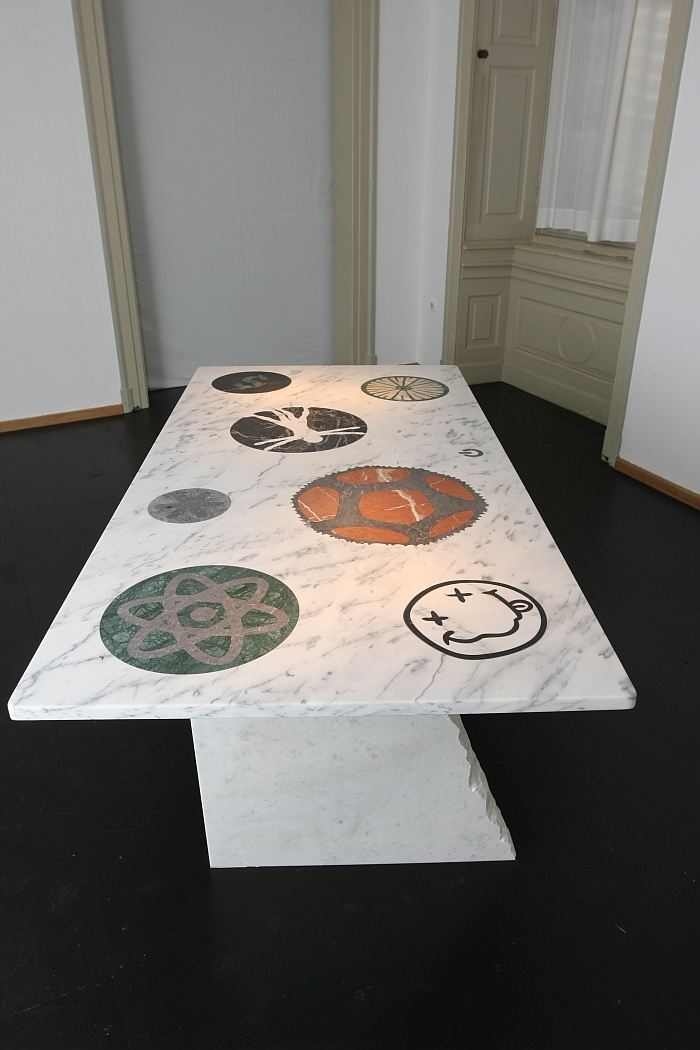
Tulga Beyerle, Director of the Kunstgewerbemuseum Dresden, once gave us a piece of advice, the context of which we’ve long
5 New Design Exhibitions for July 2016
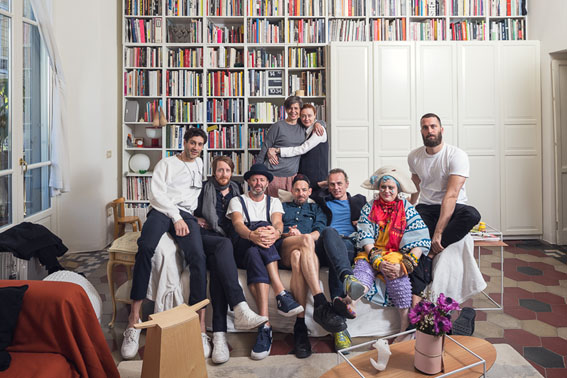
Inaugurated in July 212 BC* the Ludi Apollinares were Roman games staged in honour of Apollo and featuring a mix
Kunstgewerbemuseum Dresden presents Self-Propelled. Or how the bicycle moves us
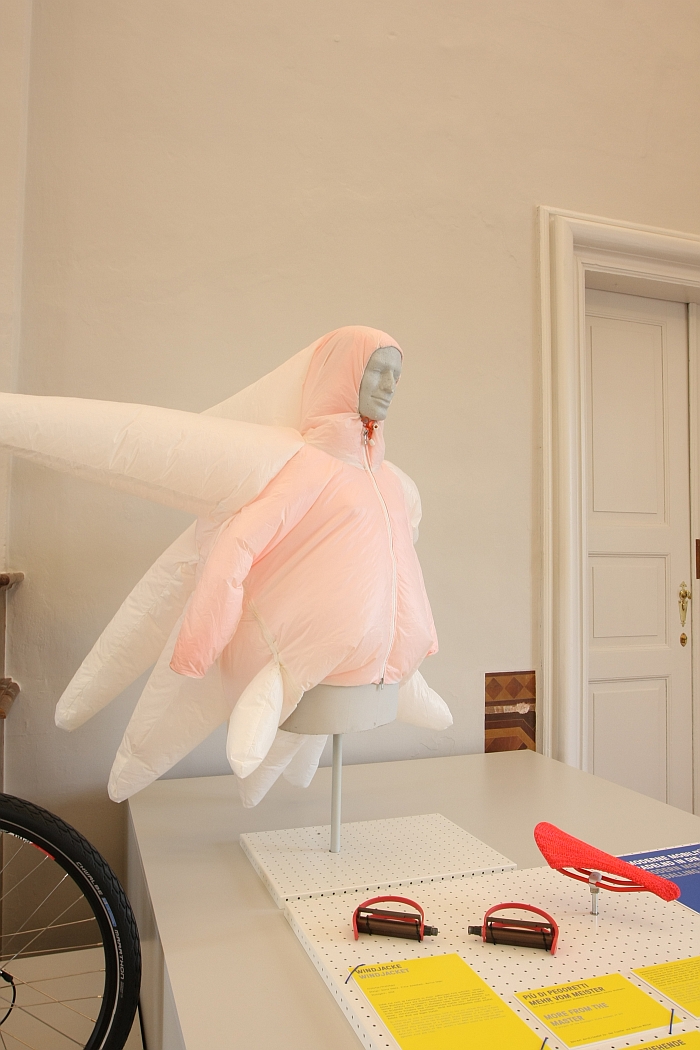
There are few more unpleasant emotions than the one deep in your stomach when you realise your bicycle has been
5 New Design Exhibitions for April 2016
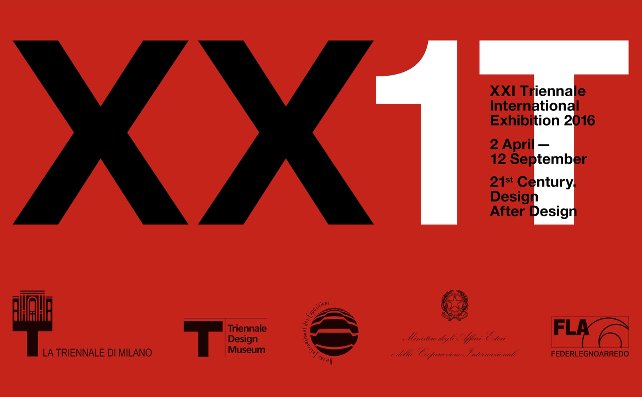
If the etymologists are to be believed “April” has its origins in the Latin verb “aperire”. To uncover, to open.
5 New Design Exhibitions for September 2015
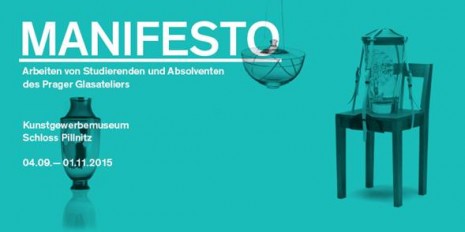
As old Mother Goose, allegedly, once claimed: Thirty days hath September, and the following five enticing new design and architecture
5 New Design Exhibitions for June 2015
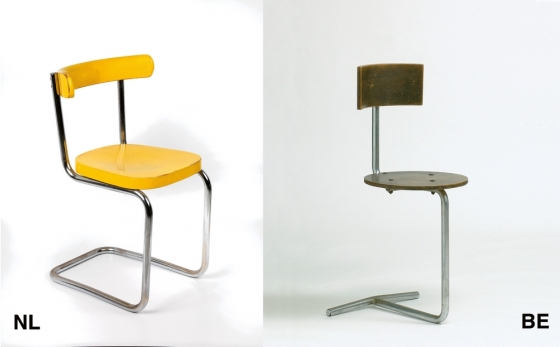
“The real jewel of my disease-ridden woodlot is the prothonotary warbler”, confided the American author, ecologist and conservationist Aldo Leopold
smow blog compact: Kunstgewerbemuseum Dresden Presents Parts of a Whole. Stories from the collection of the Kunstgewerbemuseum
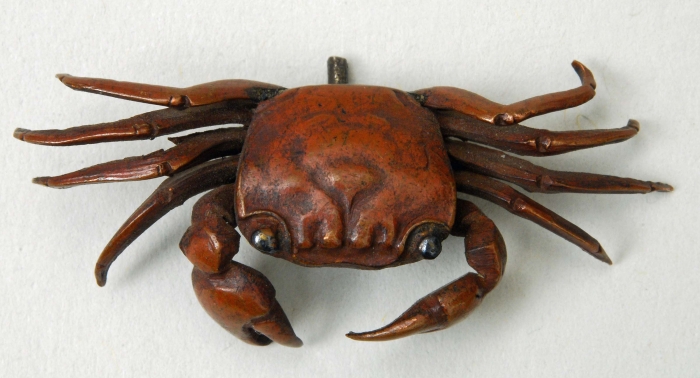
By way of an addendum to an addendum to our 5 New Design Exhibitions for March 2015 post, until June
smow blog 2014. A pictorial review: September
Following on from the relative inactivity of August September saw us wind back up towards the 2014 autumn design festival
